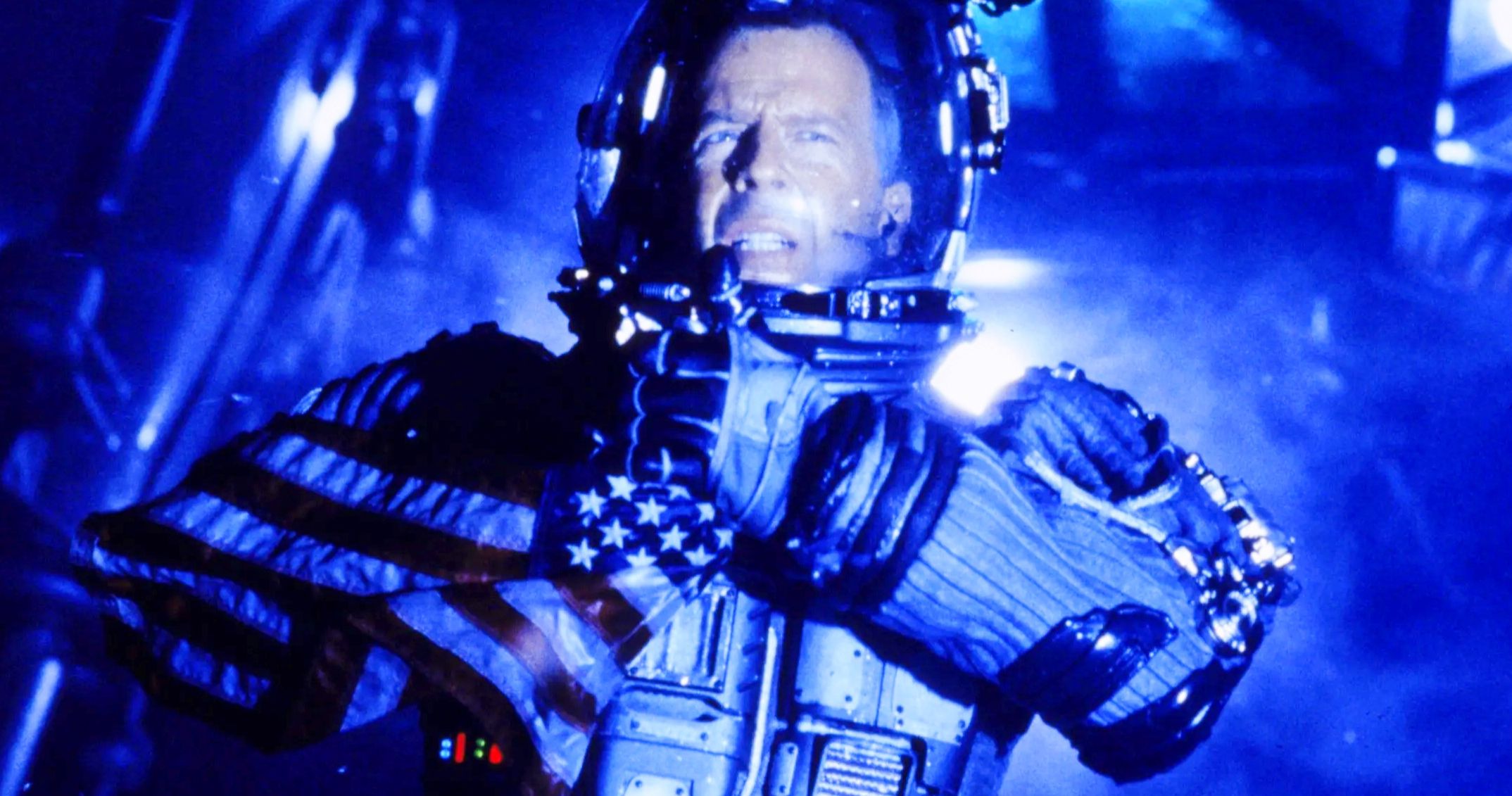When it comes to the end of the world, one of the favorite Hollywood methods for the extinction of the human race is the threat from space, either from an alien invasion or an asteroid collision. The latter of these really came to the fore in the '90s, when we had two such cinematic threats in very quick succession from the Morgan Freeman starring Deep Impact and the Michael Bay directed sci-fi thriller Armageddon. There are very few people who will need an introduction to Armageddon, thanks to its well-known soundtrack - featuring the massive I Don't Want To Miss A Thing - and it's ludicrous and over the top way of dealing with a "planet-killing" asteroid. Now, 23 years later, it looks like scientists believe that the movie's strategy for dealing with the huge asteroid is actually a viable strategy for dealing with such an event.
While Michael Bay is known for defying the laws of gravity and believability in his movies,Armageddon has always a film that has caused debate among fans as to how effective the "late-time small-body disruption" defense system would be if the situation was to happen in real life. A new report recently featured on Science Alert has now suggested that the strategy of using nuclear devises to destroy certain asteroids that are on a collision course for Earth would be a complicated but "very effective" method of protecting the planet from such extinction events.
Patrick King of John Hopkins University Maryland said of the principle, ""One of the challenges in assessing disruption is that you need to model all of the fragment orbits, which is generally far more complicated than modeling a simple deflection. Nevertheless, we need to try to tackle these challenges if we want to assess disruption as a possible strategy."
While the 1998 disaster movie makes the whole thing seem like a relatively simple process, and in the film obviously prevented the destruction of the Earth, in the real world scenario of such a controlled explosion being carried out there would be complication of just what would happen to all of the little bits of asteroid that were created as a result of the detonation. However, the report does conclude that the use of the kind of nuking of an asteroid seen in Armageddon could make the impact of a potentially planet destroying asteroid to a mere 1% if the rock was blown up six months before it was due to crash into Earth.
While this opens up any future movies to use this now-approved device without the fear of being ridiculed as Armageddon was by some, don't expect those in charge of watching the skies to start employing the strategy every time they see a big rock out in the stars. As King continues, "We focused on studying 'late' disruptions, meaning that the impacting body is broken apart shortly before it impacts. When you have plenty of time - typically decade-long timescales - it is generally preferred that kinetic impactors are used to deflect the impacting body."
NASA as also not really focussing on the creation of weapons capable to sending random nuclear charges into space, and are continuing to put all their efforts in to making sure that any asteroid threats from the great unknown are detected before such drastic actions are needed. "Our group continues to refine our modeling approaches for nuclear deflection and disruption, including ongoing improvements to X-ray energy deposition modeling, which sets the initial blowoff and shock conditions for a nuclear disruption problem," commented physicist Megan Bruck Syal of the Lawrence Livermore National Laboratory.
If you are interested in reading the whole study, it can be found at the Science Direct website and who knows, perhaps one day a Bruce Willis of the future will be called on to recreate the climax of Armageddon for real. This news first appeared at Science Direct.

